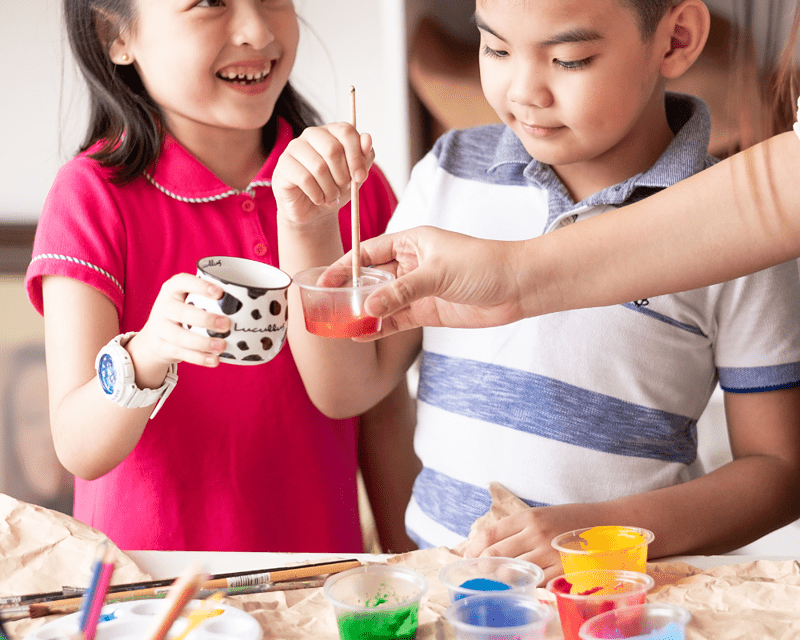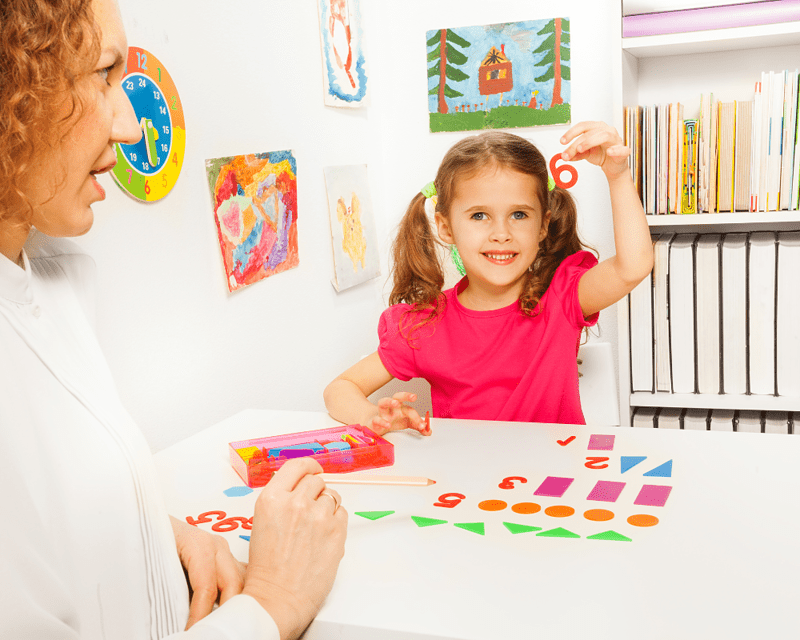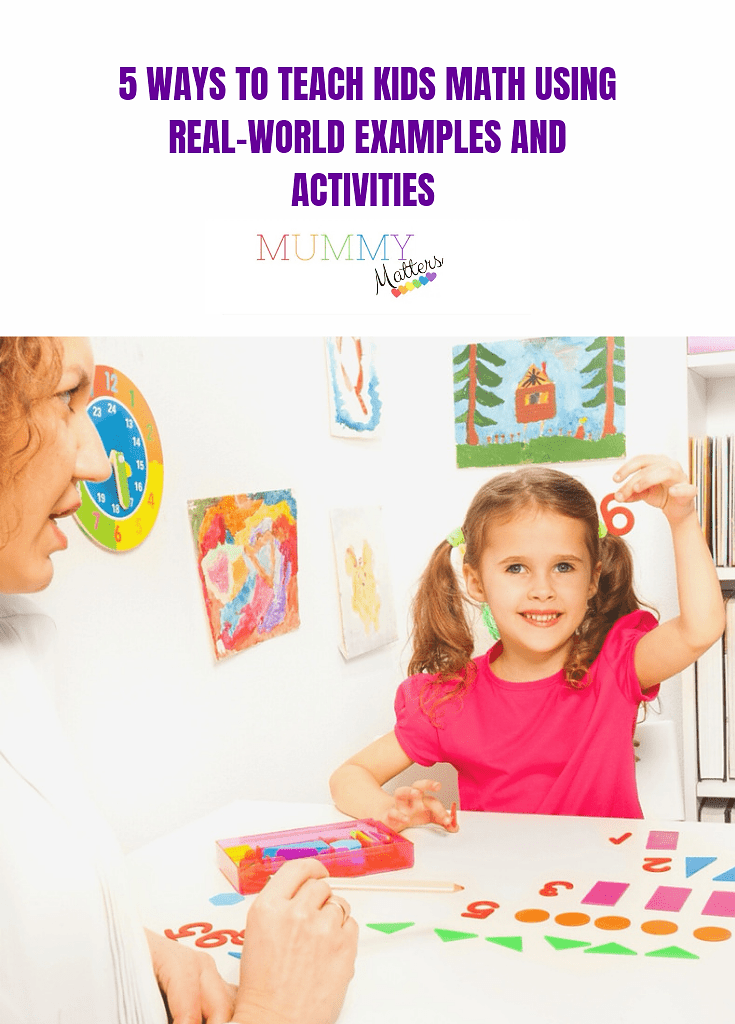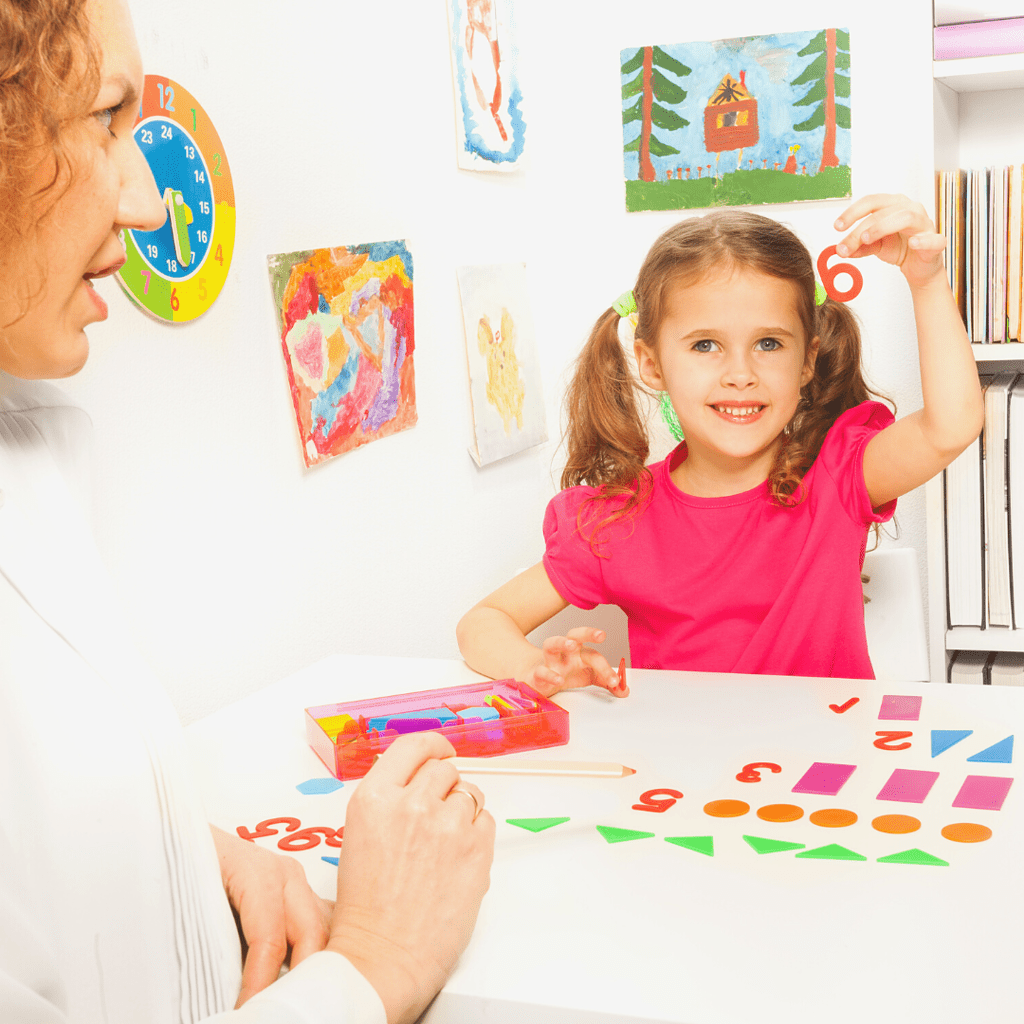Math shows up in everyday life in subtle ways. For instance, one must use basic mathematical principles to calculate expenses when budgeting. Likewise, you must know various measurements when following recipes or measuring ingredients.
Math also appears in arts, such as music. With a strong knowledge of mathematics, you can competently navigate the world around you. Here are six ways to teach kids math using real-world examples and activities.
1. Play Math Games

Games make learning mathematics interactive and enjoyable. It allows children to practice problem-solving and critical thinking. In addition, using games enables kids to understand math’s relevance in their everyday lives. Here are some fun math games you can use to teach kids math.
Math Bingo
A fun and engaging game that helps kids learn essential math skills like multiplication and addition. Children get a bingo card with different math problems in this game. They mark the answer off on their cards as they solve each problem. The winner is the first to fill their bingo card with correct answers.
Math Dominoes
They are a great way to introduce basic concepts such as addition and subtraction. Each domino has two sides featuring numbers or symbols associated with math operations, like plus and minus signs. As players match up the dominos, they must figure out how to solve the equations.
Math Puzzles
Word searches, crossword puzzles, and Sudoku are great for teaching math. Word searches introduce basic math concepts such as fact families and multiplication tables. The crossword puzzle teaches complex concepts like equations, fractions, and decimals. Sudoku reinforces problem-solving skills and basic operations.
2. Follow a Recipe
Cooking helps kids practice math skills such as measuring, counting, and fractions. Measuring ingredients for a recipe using measuring cups or spoons teaches kids units of scale. Counting eggs or scoops of flour improves children’s counting skills.
Recipes that use fractions, like a half cup of sugar or a quarter teaspoon of salt, teach fractions. Sorting through the change in your pocket or using a calculator to add items to a grocery shopping list are good math activities.
3. Embrace Technology and Video Games
Using technology and video games to learn math can be a fun and effective way of learning. App developers and tutors have created math apps for teaching math-related concepts.
These include math games that cover addition, subtraction, multiplication, division, fractions, and geometry. In addition, video games involve solving puzzles or completing levels requiring mathematical calculations.
4. Teach Math Through Art and Music

Drawing pictures or singing songs helps kids remember how to solve math problems. For example, if a child needs to remember to divide two numbers, they could draw a picture of the problem and then sing a song outlining the steps needed to solve it. This helps them visualize the process and recall what they need to do when solving similar problems in the future.
Moreover, having students create their math problems reinforces their understanding. Encouraging them to find creative ways to explain the problem helps them retain and understand concepts better.
In a music class, students explore musical scales by playing different notes on their instruments. In the process, they discover how they work together to create beautiful melodies. They also learn about the mathematical principles of rhythm, such as the importance of counting beats per measure. Furthermore, learning about musical scales helps students understand fractions, decimals, and ratios.
5. Using Visual Aids and Picture Books
Visual aids and pictures are engaging and interactive tools for teaching math. For example, a picture book of shapes guides children to identify and understand geometric figures such as triangles, rectangles, and circles.
Diagrams or drawings of everyday objects demonstrate concepts like measurement or counting. Using incentives and rewards is another useful tool for teaching math. For example, you could reward students who complete a task or set up a game where they earn points for every correct answer given.
6. Embrace Math Tutoring for Kids

A tutor in maths can play a crucial role in helping students learn math in a fun, flexible, and engaging way. With their expertise and experience, math tutors can tailor lessons to the unique learning style of each student, making the material more accessible and enjoyable.
Tutors can incorporate interactive activities, games, and real-world examples into their lessons, making math come alive for students and instilling a sense of excitement and curiosity.
By creating a positive and supportive learning environment, a math tutor can inspire students to explore math concepts enthusiastically, leading to improved understanding, increased confidence, and, ultimately, academic success.
Final Thoughts
Incorporating real-world examples and activities into math education can be a powerful approach to help kids develop a deep understanding of mathematical concepts. By making math relevant to their everyday lives, children can see the practical applications of math, develop problem-solving skills, and gain self-assurance in their abilities.
Whether it’s through cooking, budgeting, measuring, or other real-world activities, parents and educators can create meaningful learning experiences that make math come alive for kids and prepare them for success in the real world.


